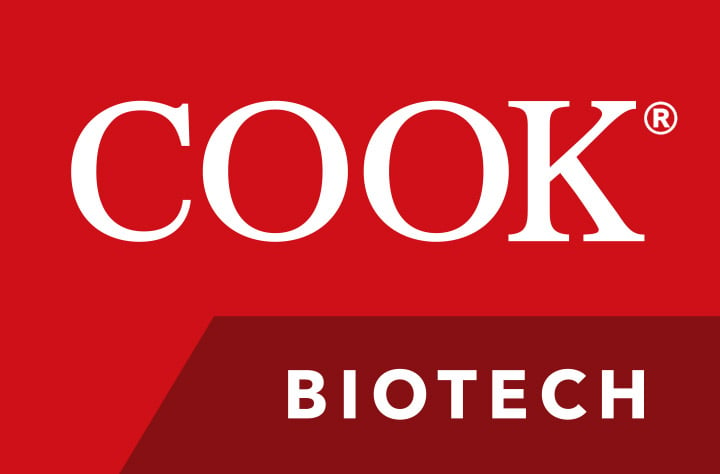
A team from the University of New Mexico and Axogen Corporation compared the efficacy of porcine small intestinal submucosa (SIS) and purified bovine type-I collagen (CLC) conduits for nerve repair.1
These two common conduit materials used in peripheral nerve repair had different cellular responses in rats and suggested that SIS resulted in more robust nerve regeneration.
When a nerve is transected, it can be surgically repaired using a direct repair or a conduit or graft reconstruction.
The choice of repair is dependent on the nerve gap size; gaps less than 5 mm are repaired directly or with a conduit.
Both SIS and CLC are common conduits derived from natural materials. The authors compared the two materials in a rat sciatic nerve transection repair model. Four weeks after implantation, the implants were removed and examined histologically at the distal, mid-implant, and proximal locations.
Total macrophage and M2 macrophage cell densities were significantly higher in the distal stump of nerves repaired with SIS. Additionally, SIS-repaired nerves were characterized by higher densities of Schwann cells and vascular components in all regions of the implants. Together, these observations suggested that the use of the SIS conduit resulted in better axonal regeneration with less scarring.
Conversely, foamy phagocyte cell density was significantly higher in the distal stump of nerves repaired with CLC. This suggested that Wallerian degeneration (a natural part of nerve repair) was still occurring in the CLC-repaired nerves at this point in the study.
The authors concluded that clinical outcomes of repaired nerves could be impacted by the varying responses to different conduit materials.
1Zhukauskas R, Neubauer Fischer D, Deister C, Faleris J, Marquez-Vilendrer SB, Mercer D. Histological comparison of porcine small intestine submucosa and bovine type-I collagen conduit for nerve repair in a rat model. J Hand Surg Glob Online. 2023;5(6):810-817.
